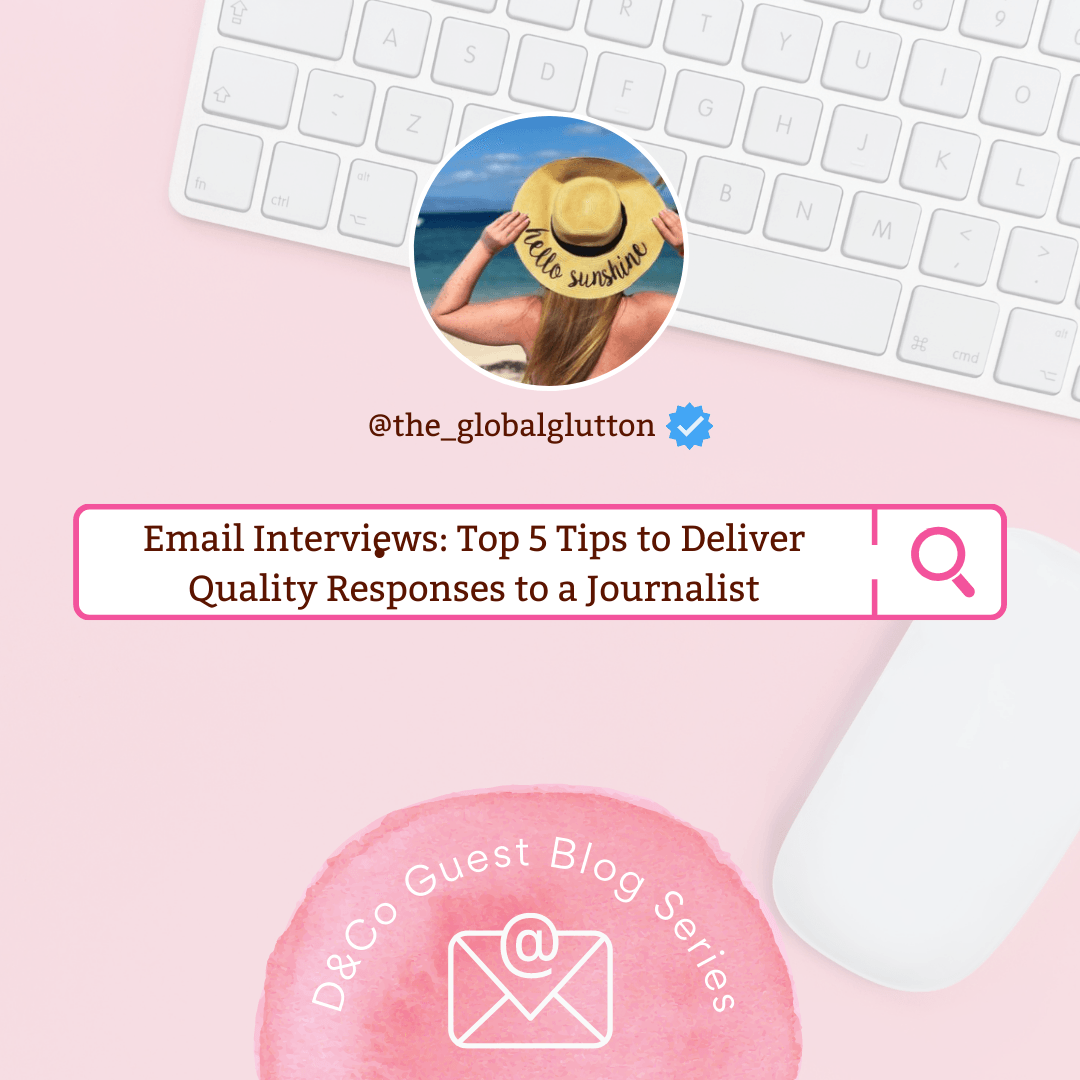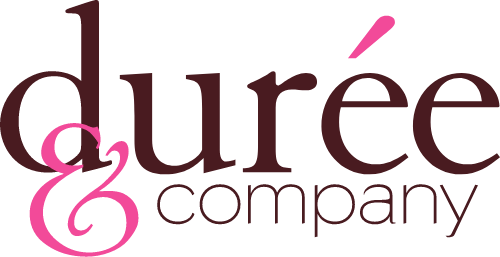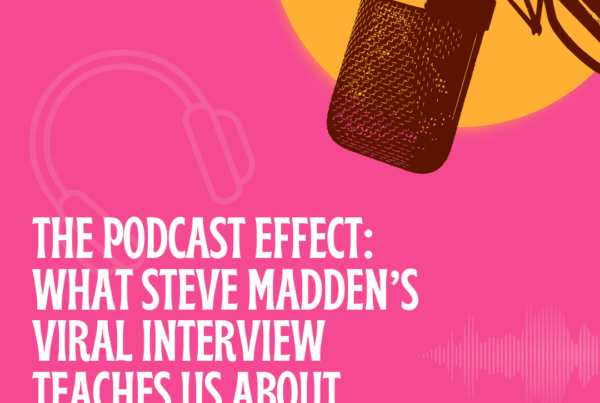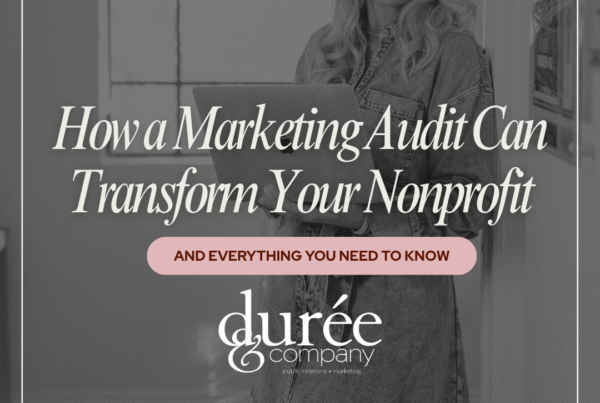
When you watch a TV show or movie featuring a journalist digging into a juicy story, you’re probably used to seeing them conduct interviews with sources through phone calls and in-person meetings — but for many short-form writers, those methods are no longer the norm. We’re relying more and more on email-based interviews to get our jobs done. The shorter lead times in digital publishing account for some of this shift, but there are other reasons why email-based interviews can be mutually beneficial to both journalists and sources (a topic I recently covered in my weekly Substack newsletter):
- It can be difficult to coordinate calendars these days, especially when factoring in time zones and unusual schedules, so the beauty of an email-based interview is that sources can answer when it’s convenient for them. Perhaps that’s while they are sitting in the school drop off line, or in between patients/customers, or at 3 a.m. when they can’t sleep and are catching up on work. Either way, as long as their responses are submitted by deadline, it doesn’t matter when the interview takes place.
- A written email provides a black-and-white transcript of the source’s exact wording, so there are no discrepancies once the article publishes. It’s highly unlikely that anything can be misconstrued, taken out of context or misheard. What your write will be copied and pasted into what publishes.
- If I only need a couple quotes to weave into an article, oftentimes a source can respond via email far faster than we could ever schedule a phone call. This means it’s an excellent way to snag a last-minute coverage opportunity — when a writer is on deadline, the fastest response usually wins!
Of course, there are also a couple drawbacks to missing out on a live chat worth considering:
- Follow-up questions. Sometimes, a source’s response to a question will spark another idea/angle the journalist would like to explore, or we’d like to dig deeper into a particular response. This means we’ll have to send follow-up questions and have a second round of responses in order to complete the interview.
- Lack of spontaneous discussion. Sometimes, I get my best nuggets and soundbites from the flowing conversation that naturally occurs during a live interview. Or, if I’m not getting what I need (sometimes sources can misinterpret a question or go down a rabbit hole of personal interest), I can reframe the question and redirect the source toward what I’m looking for. This two-way conversation just cannot be replicated via email, so it may result in the need for a second round.
When Email-Based Interviews Aren’t Appropriate
Over the years, I’ve found that email-based interviews work best for lighter topics, roundups, affiliate-focused content, and articles where I only need a small amount of information that’s fairly surface-level.
On the flip side, I rely on phone interviews when the topic is more complex, I’m writing a feature-length article, or I want to delve more deeply into the subject matter — especially when they’re an expert at the top of their field. I love getting real-time access to their brilliant brains!
How to Make the Most of an Email-Based Interview
Some email-based interviews work out like an absolute dream, while others leave a lot to be desired. By adhering to the following tips, you’re more likely to deliver responses that’ll increase your chances of inclusion and possibly even become a trusted go-to source for future editorial opportunities:
- Treat it with the same respect as a phone interview. Would you blow off a phone interview? No! So, if you agree to a deadline by which to submit written responses, please treat that deadline with the same respect. If you find you need more time or are unable to meet the deadline, let the writer know immediately. Sometimes, we have some wiggle room and can grant an extension. Other times, we’ll have to scramble and find another source because our editors don’t have any flexibility in their due date. Either way, it’s courteous to communicate any hiccups as soon as you learn of them so we can find a quick solution together.
- Responses should be original thoughts. Far too often, I’m receiving written interview responses that have been copied and pasted from the source’s old blogs, from their books, or from interviews they’ve done for other publications. None of these options are acceptable. When a journalist taps an expert source, we are expecting fresh thoughts on the topic. After all, they are the expert and we want to showcase that expertise in our article. We aren’t looking for them to repeat what they’ve already been quoted saying elsewhere, or to provide old content lifted directly from their other communications (books, blogs, podcast transcriptions, etc.). Bottomline: If the source doesn’t have a fresh take/perspective to share with the writer, then they aren’t the right fit for inclusion.
- Watch for plagiarizing. I was recently bewildered by responses I received to an email-based interview because they read like a stuffy government document. In fact, it was so off-putting (literally nobody speaks that way), that, on a whim, I decided to copy and paste a few sentences into Google. Turns out, 100% of their responses were copied and pasted directly from a government website. They hadn’t even changed a single word. Submitting this could have gotten me blacklisted from the publication due to plagiarism — this could literally end a writer’s career! When I pointed the plagiarism out to the PR person who had coordinated the interview, she was mortified. She had never read the responses herself, so she had no idea her client did that (and has probably done it before).
- Follow the instructions and answer with the outlet’s audience in mind. Often, I’ll ask a medical professional or scientist source for a link or two to published studies backing up their claims — and those instructions are sometimes ignored, which creates unnecessary back and forth. It’s also crucial that the source frames their responses with the outlet’s target audience in mind. For example, I have received answers that were somehow geared entirely toward men for women’s fitness publications, which won’t fly. Finally, double check grammar and spelling to make sure everything is print-ready and sounds as polished and professional as possible (otherwise, there will be additional back and forth). If you have any questions, never hesitate to ask — there’s no need to make assumptions when an email can quickly clear things up.
- If the source is better on the phone, tell me! Some experts enjoy being able to think long and hard about how to perfectly craft their response to interview questions (they love the control, love sounding more polished, love to “think” on the questions for a bit to gather their thoughts, etc.). However, some experts cannot seem to write a coherent sentence to save their lives but absolutely come alive on a phone call … if they fall into this camp, just tell me! I’d much rather coordinate a phone interview to get some GREAT quotes/info, than suffer through an email filled with awful/canned responses that I can’t even use. Always recommend the format that will allow a source to shine!
This post is part of Durée & Company’s ongoing Guest Blog series, The #DynamoDigest, where we have tapped select journalists and Influencers whose work we admire and respect. In this series, top tips and best practices are shared across a variety of topics impacting the public relations industry today.
By: Jill Schildhouse, Affiliate Health Editor at Trusted Media Brands, Inc. (including Reader’s Digest, The Healthy and Taste of Home), and freelance writer for TripSavvy, Brides, Fodor’s, Oxygen, Better Nutrition, and more.
About Durée & Company
Durée & Company, Inc. is an award-winning, full-service public relations, marketing and special events firm founded in 1999. The firm has offices in Fort Lauderdale Florida, and Aspen, Colorado. Durée & Company serves the corporate, agency and nonprofit practice areas for local, national and international clients. Services include public relations, social media, marketing, content development, advertising, special events, branding, radio promotions and more. Durée & Company clients include well-known names in business, fashion, hospitality, travel, health and wellness, cannabis and hemp, psychedelics, technology and cryptocurrency, marine and yacht, art and culture, nonprofit organizations, legal and professional services and real estate. Durée & Company is a member of PR Boutiques International™ (PRBI), an international network of boutique PR firms. To learn more, call 954-723-9350; go to dureeandcompany.com; cannabismarketingpr.com; or psychedelicpr.com. Join the social conversation and follow Durée & Company on Facebook, Instagram, Twitter, YouTube and LinkedIn at @DureeCoPR.








